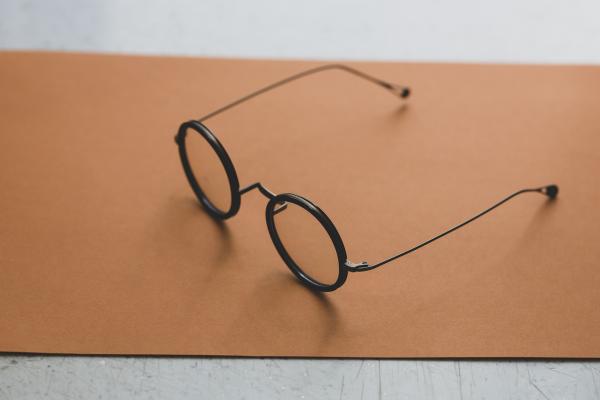As a boomer of a certain age, my formative years involved protests, seen, or experienced first-hand. And the last few months have seen a range of protests in American cities.
"There was a tense standoff between cops and protesters. Insults were hurled. A girl was arrested. Protesters surged forward and tried to "de-arrest" the girl, and a fight ensued. If you want you can see a video of the fight, taken by the excellent journalist Xinqi Su, who somehow happened to be in all the same places as BB and myself on that day.
Anyway, tear gas started flying, and of course BB and I did what any self-respecting American idiots would do — we ran right toward the tear gas so we could see it up close. At which point a giant wall of gas went up right in front of us, and we both huffed a bit of gas, which finally persuaded us to beat a retreat."
While it has the sound of an American protest, the Chinese names give away its real location, Hong Kong. The plight of Hong Kong has been off our radar for nearly a year now, and truth be told, the US, along with everyone else, is impotent to stop the Chinese from crushing/transforming Hong Kong in its image. The piece is from the blog of Noah Smith, a professor of finance at SUNY-Stony Brook and writer for Bloomberg. From Noahopinion, I will never get to go to Hong Kong
"She was the Carl Sagan of the 19th century, one of the most respected and prolific popularizers of science of her age. Her one year of formal schooling (at age 10) triggered enough curiosity that she taught herself algebra and geometry (mostly in secret, as her father disapproved). She married and moved to London, but her husband died young, so she returned to Scotland and to science. When asked to translate Laplace's works on celestial mechanics into English, she turned the translation into a popular explanation, launching a career of writing books that conveyed the cutting edge of 19th-century science to the wider literate public. Her work, universally praised by the scientific community, combined the genius of insight with the ability to convey it."
Who could this be? Specifically it is Mary Sommerville, who along with nine other unremembered masters of science, can be found here. From Nautil.us, Do you know these scientific pioneers?
Social distancing has been the mantra for many months. But long before COVID-19, all of us had social distances, often referred to as our personal "space."
"Heini Hediger, a noted 20th-century Swiss biologist and zoo director, knew that animals ran away when they felt unsafe. But when he set about designing and building zoos himself, he realised he needed a more precise understanding of how animals behaved when put in proximity to one another. …
Hediger found that the space around an animal could be partitioned into zones, nested within one another, and measurable down to a matter of centimetres. The outermost circle is what's known as flight distance: if a lion is far enough away, a zebra will continue to graze warily, but any closer than that, the zebra will try to escape. Closer still is the defence distance: pass that line and the zebra attacks rather than fleeing. Finally, there's the critical distance: if the predator is too close, there's nothing to do but freeze, play dead and hope for the best."
What underlies our changeable concepts of social distance? From Aeon, How close is too close?
Computers' ability to generate life-like images of humans is bridging the uncanny valley, the intersection between what we see and our emotional response. The generation of deep fakes, both as images and video, is upon us.
"The creation of these types of fake images only became possible in recent years thanks to a new type of artificial intelligence called a generative adversarial network. In essence, you feed a computer program a bunch of photos of real people. It studies them and tries to come up with its own photos of people, while another part of the system tries to detect which of those photos are fake.
The back-and-forth makes the end product ever more indistinguishable from the real thing. The portraits in this story were created by The Times using GAN software that was made publicly available by the computer graphics company Nvidia."
Don't believe you are susceptible? Consider this article, especially the introductory images, from the New York Times, Designed to Deceive: Do These People Look Real to You?
What we do not know, Donald Rumsfeld's known and unknown unknowns, far outweigh the vast knowledge we believe we know.
"Inherent to the nature of science is the fact that whatever we know is provisional," Natarajan says. "It is apt to change. So I think what motivates people like me to continue doing science is the fact that it keeps opening up more and more questions. Nothing is ultimately resolved."…
It's true in so many other areas of science, too: Despite the endless headlines that proclaim new research findings that get published daily, there are many more unanswered questions than answered."
One of the most profound lessons we must learn is how little we know, and nothing exemplifies that more than dark matter. From Vox, Dark matter holds our universe together. No one knows what it is.




